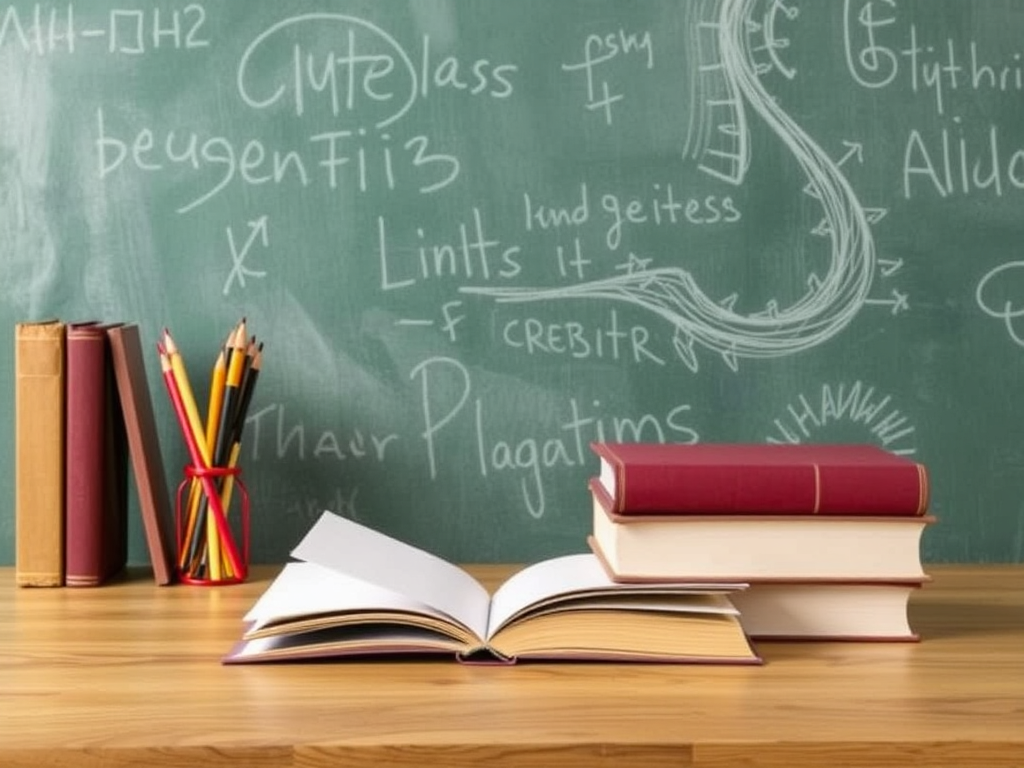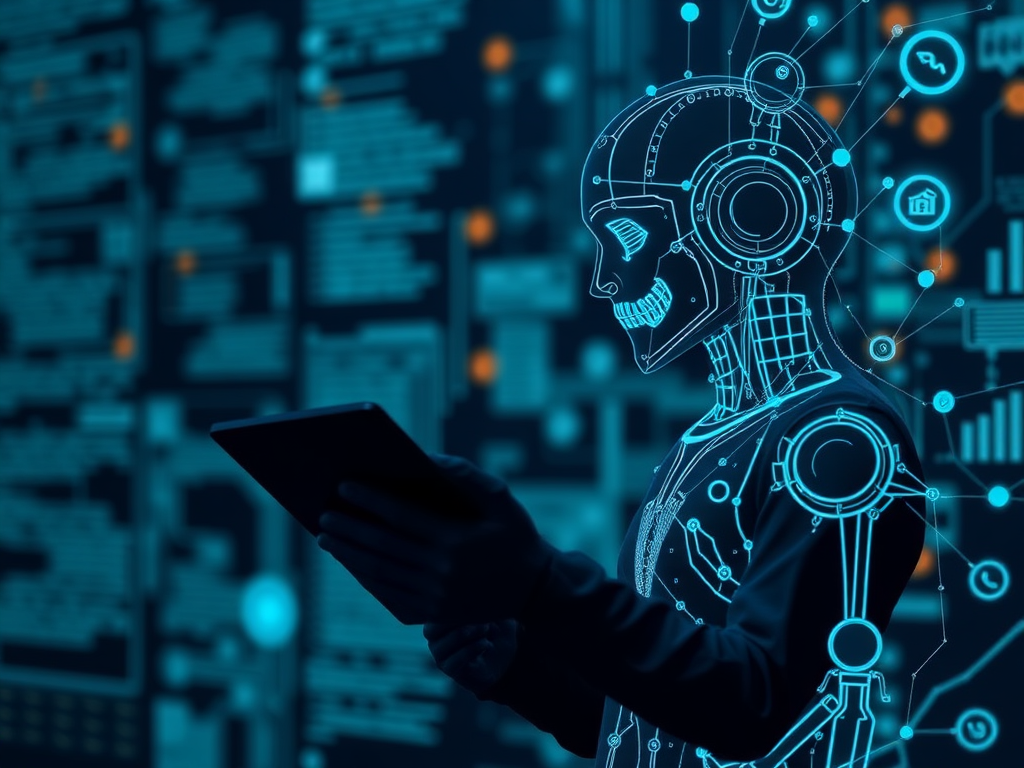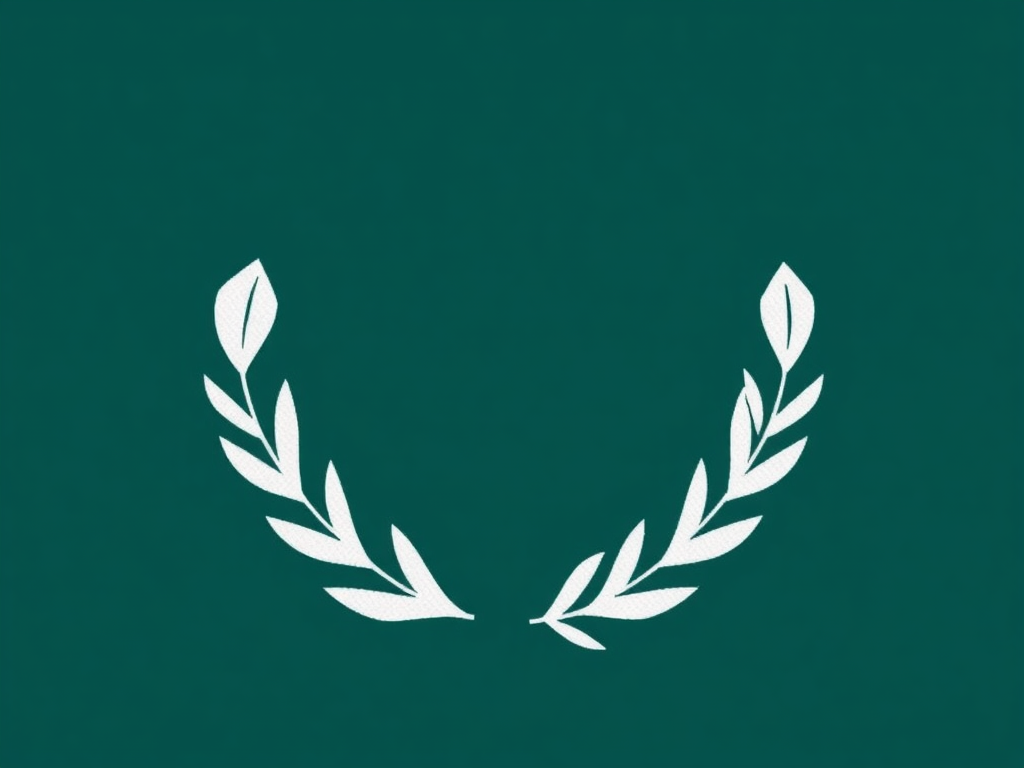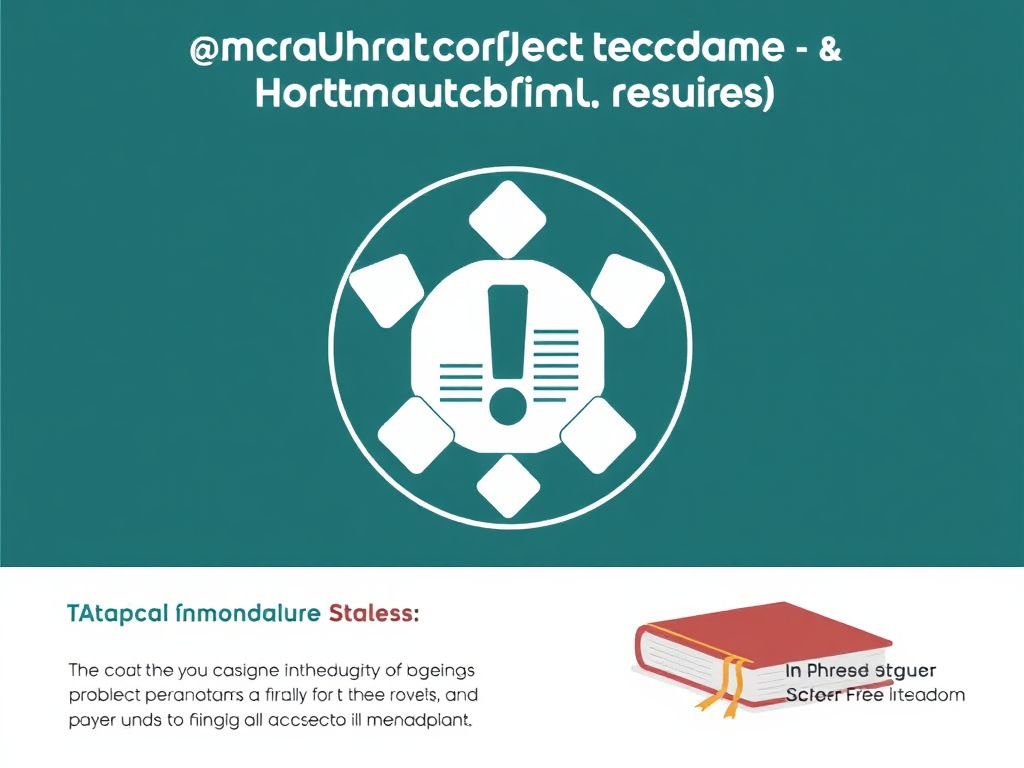Introduction to Academic Integrity and Plagiarism
Maintaining academic integrity and steering clear of plagiarism are essential in education, fostering trust, respect, and originality. These elements are central to any scholarly work, ensuring that academic environments remain credible and inspiring. As technological advances, such as artificial intelligence (AI), continue to influence academia, the importance of academic honesty becomes ever more crucial, presenting new challenges that educators, students, and institutions must navigate.
Key Takeaways
- Core values such as honesty, trust, and fairness are vital for credibility in educational settings. They form the foundation of any academic environment.
- Ignoring plagiarism can result in serious academic and career repercussions. The challenge increases with its often low detection rates.
- Knowing the different types of plagiarism, such as direct and accidental, is key to preserving the integrity of academic work.
- AI’s growing role in academia demands updated policies. Using this technology responsibly ensures originality in academic endeavors.
- Continuous dialogue and education on ethical practices are crucial. They improve and reinforce a culture of integrity in educational settings.
Understanding the Importance of Academic Integrity
Academic integrity means valuing honesty, trust, fairness, respect, and responsibility in educational pursuits. It’s crucial for maintaining credibility and trust in academic environments. Plagiarism, which involves using someone else’s work without giving credit, represents a major violation of this principle.
Statistics paint a concerning picture: 95% of students admit to some form of academic misconduct, and 85% believe it can lead to better grades. This highlights a widespread issue that threatens the foundation of academic fairness and trust. By understanding these principles and statistics, individuals underscore the importance of maintaining high ethical standards. Encouraging respect and accountability ensures a more genuine and trustworthy academic landscape.

The Consequences of Plagiarism
Plagiarism comes with serious academic and professional penalties. At school, you can face grade reduction, failing courses, or even expulsion. These consequences leave a lasting mark on your academic record and damage your reputation. In the workforce, allegations of plagiarism can lead to loss of credibility and job termination.
Interestingly, there’s often a gap between plagiarism incidents and detection. Studies indicate that less than 2% of cases actually get caught. This discrepancy allows many to slip through the cracks, but it’s a risky gamble. Despite the potential consequences, 33% of students show little to no concern about the long-term impact on their futures. This lack of foresight can have dire ramifications down the line, affecting academic careers and professional opportunities. Always prioritize originality to maintain integrity.
Identifying and Understanding Various Types of Plagiarism
Different types of plagiarism can trip up even the most diligent students. The most blatant form is direct plagiarism, where text is copied word-for-word without giving credit. It shows a clear disregard for scholarly honesty. Self-plagiarism occurs when you reuse your own previous work as if it’s new, cheating the process of generating fresh ideas.
Mosaic plagiarism is a bit trickier. It combines copied phrases with original text, blending someone else’s work with your own. While it might not seem as obvious, it’s still deceitful. Accidental plagiarism sneaks up on those unfamiliar with citation rules or who misunderstand source material. Misquoting a source or forgetting to give credit can easily happen.
To maintain academic integrity, citing sources correctly is vital. This not only respects the original authors but strengthens your own arguments. The key is knowing what to avoid to keep your work genuine. Here’s a quick look at common causes of accidental plagiarism:
- Paraphrasing without credit
- Misunderstanding citation rules
- Not differentiating between common knowledge and unique ideas
Each type of plagiarism has its pitfalls. Recognizing them helps steer clear of unwanted trouble. Knowing these forms and the right way to cite your references builds a solid foundation for upholding integrity in your work.

Influence of Technology and AI on Academic Work
AI is reshaping how students approach their assignments. By 2025, it’s expected that 92% of students will utilize AI tools for academic tasks. This doesn’t just change how work gets done; it shifts the benchmarks of originality. As AI-generated content skyrockets by 76%, the pattern of plagiarism detection has transformed, leading to a notable 51% decrease in detected plagiarism. This indicates how AI can create content that appears unique, thereby challenging traditional methods of identifying academic dishonesty.
The market for plagiarism detection tools is also expanding significantly. It’s expected to grow from $0.22 billion in 2024 to $0.56 billion by 2033. This growth underscores the increasing need for sophisticated tools to keep up with AI advancements. Detecting AI-driven plagiarism involves more than just scanning text for matches; it’s about recognizing nuanced similarities that AI might mask.
There’s a balance to strike between leveraging AI for efficiency and adhering to academic integrity. To ensure work reflects genuine understanding and effort, students should:
- Utilize AI as a tool for assistance, not a crutch.
- Cross-check AI-generated content for accuracy and originality.
- Cite AI-generated content appropriately.
By doing so, students can benefit from AI without compromising their integrity. As technology advances, maintaining honesty in academic work becomes ever more important.

Strategies to Uphold Academic Integrity and Avoid Plagiarism
Understanding academic integrity requires adopting effective strategies. Consistent citation using styles like APA or MLA is crucial. Keep detailed records of your sources.
Using plagiarism detection tools, such as Turnitin and Grammarly, can significantly aid the process. Recent technological improvements led to a 10% decrease in plagiarism detection, showing their growing reliability (source: not provided).
Learning effective paraphrasing and summarizing ensures originality and proper acknowledgment. Consistently applying these skills will enhance your writing:
- Familiarize yourself with citation styles.
- Keep a comprehensive repository of all sources.
- Regularly utilize plagiarism detection software.
Education on these practices enhances integrity and originality in academic work. Implementing them boosts the credibility of your research and writing.
Promoting a Sustainable Culture of Integrity
Creating an environment where academic honesty flourishes requires open dialogue. Conversations between students and educators about ethical scholarship lay a solid foundation. By embedding principles of integrity into every corner of the curriculum, educators ensure students understand the expectations and values.
The digital age brings new hurdles, such as AI-generated content, that demand updated policies. Schools should proactively revise guidelines to address these concerns. This includes providing clear parameters around acceptable usage of AI in academic work. Ensuring everyone is clear about these boundaries reduces confusion and fosters trust.
AI, when used correctly, can be a valuable ally in maintaining integrity. Encouraging students to use AI as a tool for feedback helps them self-check their work for originality. AI can highlight areas that need improvement or show where unintended similarities occur. This proactive approach promotes a deeper understanding of ethical writing and research practices.
Providing tools like AI not only empowers students but also contributes to a culture of transparency and trust. It’s crucial to focus on nurturing a consistent commitment to academic integrity by supporting ongoing dialogue among educators and students. Ultimately, the goal is to foster an educational landscape where honesty is second nature.

Sources:
Plagiarismsearch Blog – “Changing Attitudes: What Do Young People Really Think About Plagiarism?”
Business Research Insights – “Plagiarism Checker Tool Market”
Packback – “Moving Beyond Plagiarism and AI Detection: Academic Integrity in 2025”
LLC Buddy – “Plagiarism Checker Software Statistics”
SaaSworthy Blog – “Top Plagiarism Statistics”
EdWeek – “New Data Reveal How Many Students Are Using AI to Cheat”
Meazure Learning – “By the Numbers: Academic Integrity in Higher Education”
G2 Learning Hub – “Plagiarism Statistics”
